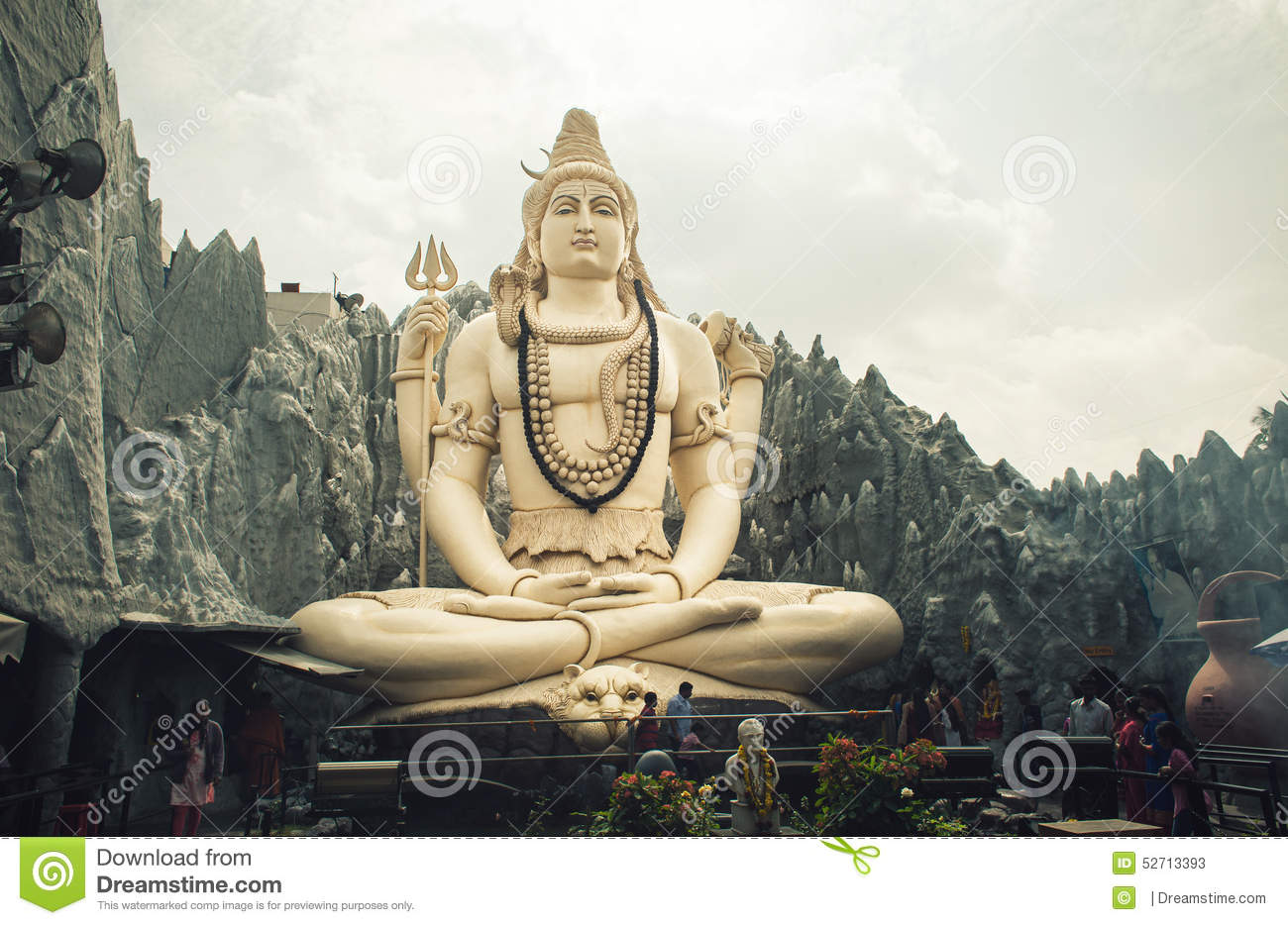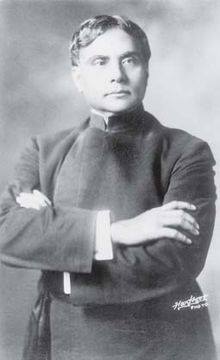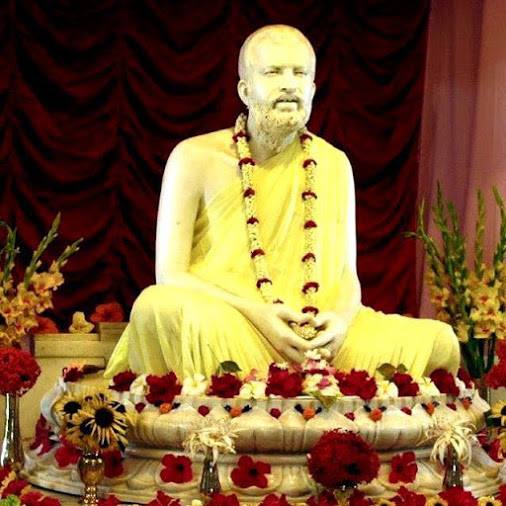The Cosmic Mystery - 1. Swami Krishnananda
=============================================================
===============================================================
Monday, March 21, 2022. 06:00.
The Cosmic Mystery -1.
================================================================
Is there a world?
We know it is, by means of sensations from outside, which are converted later into perceptions and concepts. But is it really a world that we perceive? We receive sensations and have ideas formulated according to what we think is a logical way of dealing with things. And when we have a visual, auditory or tactile sensation, we feel we are in contact with an object.
But have we any contact with what is not a sensation?
We have every right to assert that we have real sensations and real experience. But of what?
Of sensible qualities. Science has taught us today that the sensed properties point to a something of an indeterminable nature, observable as radiant energy, force, etc. We are told that the mass of a body is variable. It appears to be fixed in low rates of motion, but it cannot be perceived in states of high velocity. Objects are fields of force, which appear as substances due to our channelising the consciousness through sensory moulds. Pure force cannot be confined to space or time, and the shape, position and time of location of an object have different significations in different perspectives or frameworks of perception. We see a world, because we do not see ourselves properly as essential elements in all experience. The student who studies the world goes with the world, and in vain does he attempt to know it, because he himself is involved in it. He merely sees the laws and limitations which no one can overstep. The universe turns out to be a body of a collective interpretation by its individual contents, and that all men see the same world does not mean that it is independent of the observational perspective. The world is an interrelated process envisaged by an all-inclusive consciousness. There are no bodies visible or tangible, but there is a tremendous mystery that ever recedes from our world which has been reduced to mere frames of reference to a witnessing consciousness.
Where is the world of experience?
It has shrivelled into conditions of feeling and sensation, modes of the observation of a universal 'Observer of Himself'. Our dear world is at stake. Reality is something different.
The way in which reality presents itself as appearance is, to the mind of man, inexplicable. Those who witness a legerdemain conjured up by a magician cannot but take it for reality, as long as they see it. But the magician himself is fully aware that it is an illusion created by him. No amount of intellectual analysis and understanding to the effect that the juggleries are unreal will prevent one from taking those phenomena as real, instinctively, and without thought. The world passes for reality to those to whom it becomes a content of experience. Only the magician behind these appearances can know what their essential nature is. We cannot say that our experiences are unreal as long as our consciousness is associated with them and gets identified with their formulations. Our trouble is that we are never conscious of what is altogether non-existent. We glibly talk of a real universe, even as we get excited when we see silver in nacre. Our reflective consciousness may resent acquiescing in the ultimate validity of the reports of our senses, but we cannot help being immured in them and delighting in their deceitful music. We understand that the world can only be an appearance, but we are forced to feel that it is real. We accept it with submission. We seem to be bound; we do not know why. There seems to be a world; we do not know how.
We are in the realm of Maya.
The principle of appearance is not an entity second to the Absolute, designated by us as Brahman, but constitutes the great wonder of the One becoming the many. It is not real, for it is contradicted in Brahmanubhava or Truth-Experience. It is not unreal, for we perceive and feel the diversity of life. It cannot be said to be both real and unreal, because such a proposition is unintelligible to us. It is not also neither real nor unreal – such a thing cannot even be imagined.
The term 'Maya' is used in different senses, it denotes
(1) the inadequacy and the incompetency of the world to explain itself without reference to Reality;
(2) the inexplicability of the relation of appearance to Reality;
3) the dependence of the world on Reality or Brahman;
4) the energy that is inseparable from Isvara, from which, as the material cause, the manifestation of the world becomes possible;
(5) and the dreamlike character of the world when compared with the transcendent Brahman.
It is a term suggesting a mystery, which cannot be taken for reality, and yet cannot be denied altogether. We have to admit it as some Power that somehow brings about these strange phenomena of a world-existence in which we find ourselves. It is real to those who are in it, indescribable to those who try to understand it, and non-existent to those who have gone beyond it.
Those who are not endowed with spiritual intuition speculate over it, but cannot solve the riddle, for the mechanism of individualistic knowledge is the psychological organ, a modification of Maya itself. As darkness cannot destroy darkness, the mind cannot know Maya.
PARAM ESWARA & SAKTI DEVI
Two powers are said to be ever busy: the Avarana-Sakti or the veiling power, and the Vikshepa-Sakti or the projecting power. The latter becomes the cause of the creation of the universe from the subtle elements of the gross cosmos.
It is this power that, in its cosmic and individual aspects, becomes the medium for the manifestation of Isvara (God) and Jiva (individual), respectively. The Avarana-Sakti veils the difference between the seer and the seen inside, and the difference between Brahman and the universe outside.
It is this Sakti that is the cause of Samsara. Empirically, consciousness and its object are different from each other, and the non-perception of this difference is the seed of pain. Metaphysically, the two are one, and the non-perception of this essential identity, is, again, Samsara. The empirical self appears due to a false superimposition arisen in the Witness-Self.
This is the work of the projecting power. When the difference between the perceiver and the perceived becomes vivid, as soon as the veiling power is overcome, Jivahood also vanishes along with it. And likewise, as in the case of the witness and the object, Brahman appears as a modification, as it were, on account of the veiling power Of Maya that hides the distinction between the real nature of Brahman and the phenomenal universe.
When this veiling power disappears through Brahmabhyasa (continuous meditation on Brahman), the nature of Brahman and the world becomes clear.
To be continued ....
================================================================









Comments
Post a Comment